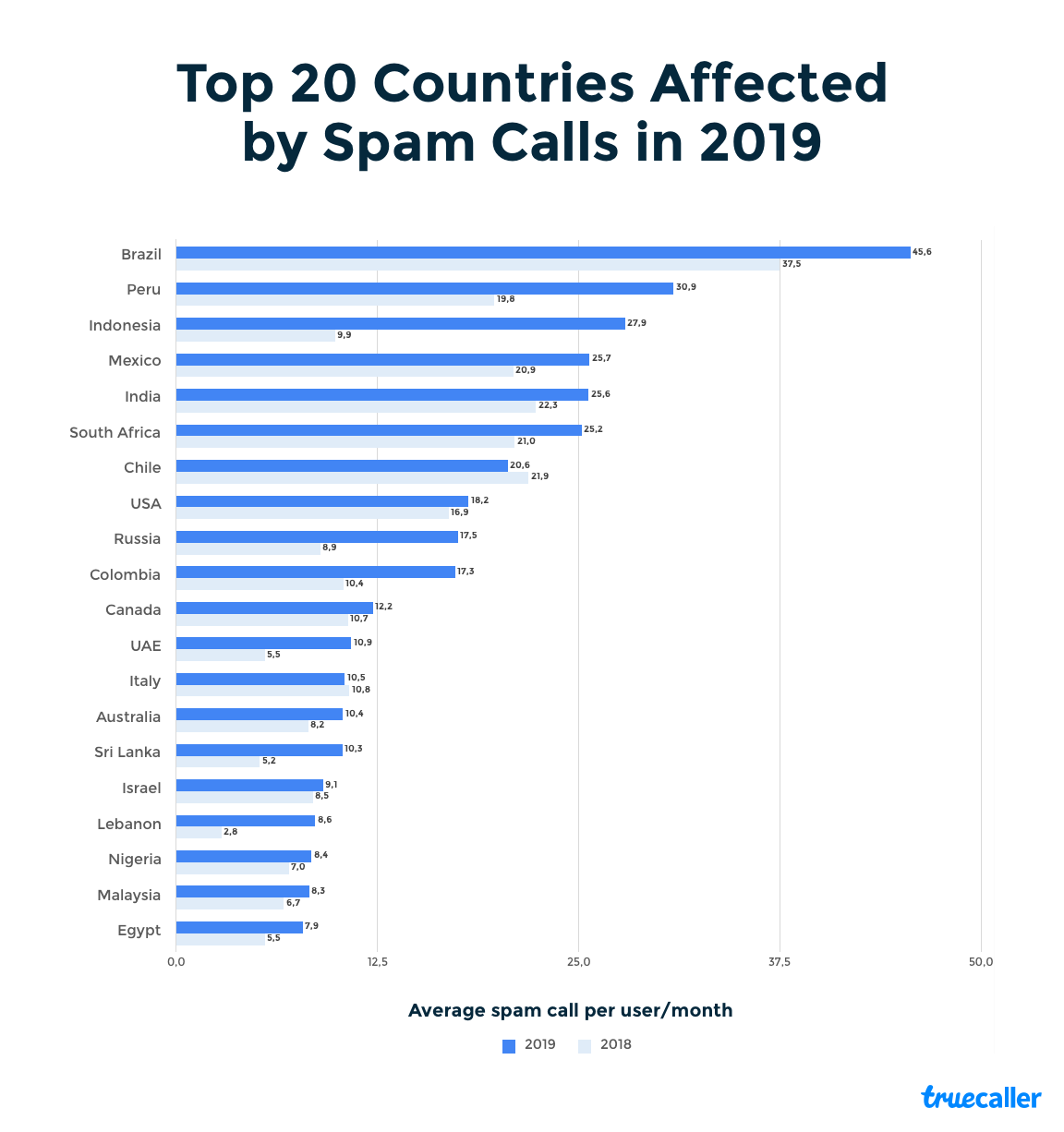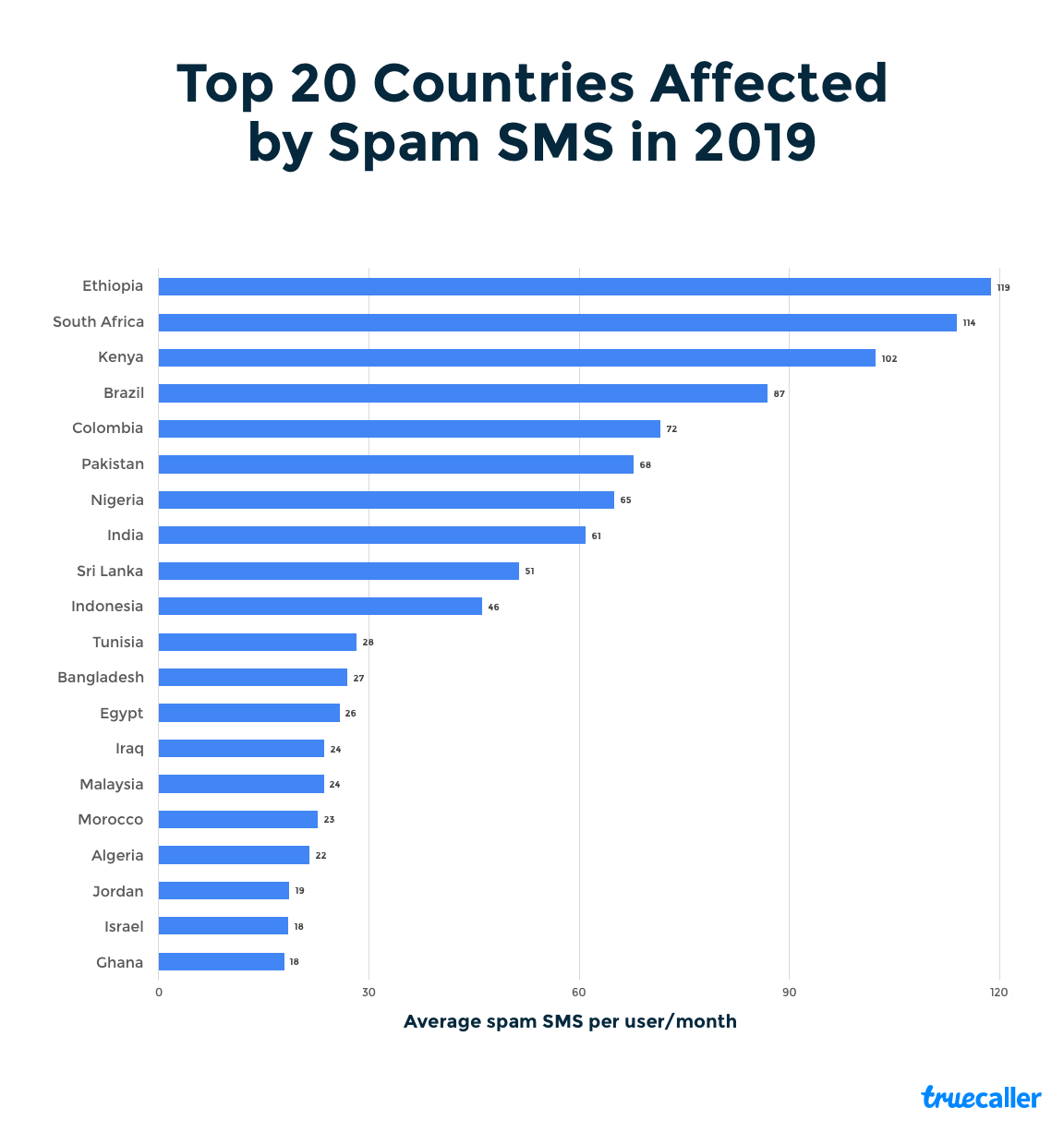While French President Emmanuel Macron and U.S. President Donald Trump initially reached a deal on France’s tax on tech giants, the U.S. is moving forward with retaliation tariffs that could be as high as 100% on French goods (wine, cheese, handbags…).
The United States Trade Representative published a report following an investigation into the French tax. In a separate press release, it also recommends new tariffs and says that there could be more investigations into the digital taxes of Austria, Italy and Turkey.
“France’s Digital Services Tax (DST) discriminates against U.S. companies, is inconsistent with prevailing principles of international tax policy, and is unusually burdensome for affected U.S. companies,” the U.S. Trade Representative says.
French Finance Minister Bruno Le Maire already said on French radio that such tariffs could lead to a “strong European riposte.”
Earlier this year, France voted in favor of a new tax on tech giants. In order to avoid tax optimization schemes, big tech companies that generate significant revenue in France are taxed on their revenue generated in France.
If you’re running a company that generates more than €750 million in global revenue and €25 million in France, you have to pay 3% of your French revenue in taxes.
This tax is specifically designed for tech companies in two categories — marketplace (Amazon’s marketplace, Uber, Airbnb…) and advertising (Facebook, Google, Criteo…). While it isn’t designed to target American companies, the vast majority of big tech companies that operate in France are American.
This summer, Trump criticized France’s plans on Twitter. “France just put a digital tax on our great American technology companies. If anybody taxes them, it should be their home Country, the USA,” he wrote. “We will announce a substantial reciprocal action on Macron’s foolishness shortly. I’ve always said American wine is better than French wine!”
During the Group of Seven summit, it felt like the French government and the Trump administration found a compromise. The OECD is working on a way to properly tax tech companies in countries where they operate, with a standardized set of rules.
France promised to scrap its French tax as soon as the OECD implements its framework and pay back companies that overpaid before the OECD framework. For instance, if Facebook pays a lot of taxes in 2019 due to the French tax on tech giants and if they would have paid less under the OECD framework, France will pay back the difference.
But we’re back to square one and tariffs could jeopardize the OECD’s work.

 The company recently brought on Derek Dorresteyn, the former CTO of e-moto startup Alta, as its COO. Full specs of the Hypersport Pro will come next month at CES, but Giraud did offer a glimpse, saying it would be more competitive and more powerful than existing e-moto offerings.
The company recently brought on Derek Dorresteyn, the former CTO of e-moto startup Alta, as its COO. Full specs of the Hypersport Pro will come next month at CES, but Giraud did offer a glimpse, saying it would be more competitive and more powerful than existing e-moto offerings.


